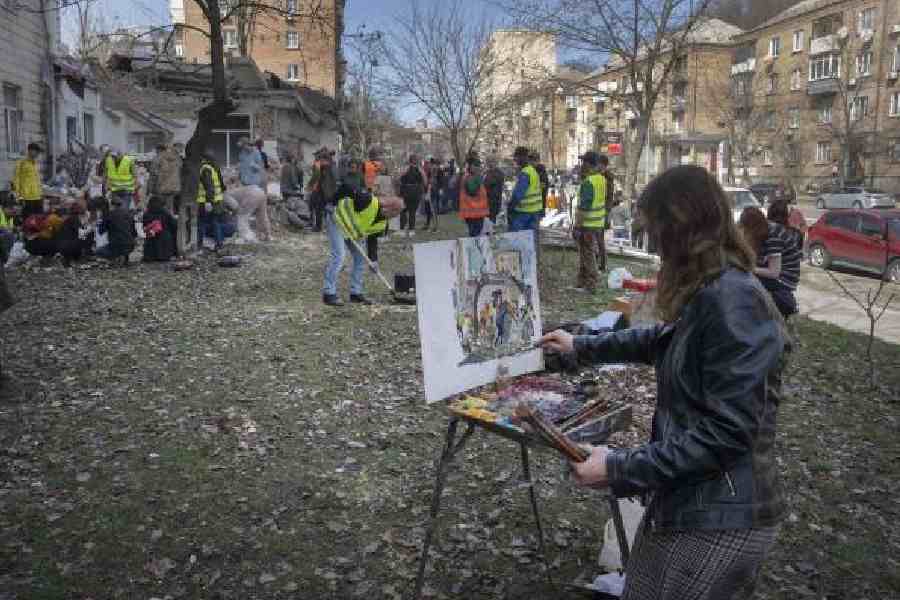The men who killed Maksim Kuzminov wanted to send a message. This was obvious to investigators in Spain even before they discovered who he was. Not only did the killers shoot him six times in a parking garage in southern Spain, they ran over his body with their car.
They also left an important clue to their identity, according to investigators: shell casings from 9mm Makarov rounds, a standard ammunition of the former Communist bloc.
“It was a clear message,” said a senior official from Guardia Civil, the Spanish police force overseeing the investigation into the killing. “I will find you, I will kill you, I will run you over and humiliate you.”
Kuzminov defected from Russia to Ukraine last summer, flying his Mi-8 military helicopter into Ukrainian territory and handing the aircraft along with a cache of secret documents to Ukrainian intelligence operatives. In doing so, he committed the one offence President Vladimir V. Putin of Russia has said again and again he will never forgive: treachery.
His killing in the seaside resort town of Villajoyosa last month has raised fears that Russia’s European spy networks continue to operate and are targeting enemies of the Kremlin, despite concerted efforts to dismantle them after Putin invaded Ukraine in 2022.
Russia’s intelligence services have been put on a war footing and begun operating at a level of aggressiveness at home and abroad reminiscent of the Stalin era, said Andrei Soldatov, an author and expert on Russia’s military and security services.
“It’s not about conventional espionage anymore,” he said. “It’s about operations — and these operations might include assassinations.”
In Spain, Kuzminov lived “an indiscreet life”, the senior Guardia Civil official said. He went to bars popular with Russian and Ukrainian clientele, burning through the money he had received from the Ukrainian state. He drove around Villajoyosa in a black Mercedes S-Class.
Exactly how the killers found him has not been established, though two senior Ukrainian officials said he had reached out to a former girlfriend, still in Russia, and invited her to come see him in Spain.
“This was a grave mistake,” one of the officials said.
Senior police officers speaking on the condition of anonymity said the killing bore hallmarks of similar attacks linked to the Kremlin, including the assassination of a former Chechen rebel commander in Berlin in 2019 and the poisoning of the former Russian military intelligence operative Sergei V. Skripal in Salisbury, England, in 2018. Skripal survived.
The two hooded killers who appeared on surveillance camera footage from the parking garage of Kuzminov’s apartment complex were clearly professionals who carried
out their mission and quickly disappeared, police officials said.
While no evidence of direct Kremlin involvement has emerged, Russia had made no secret of its desire to see Kuzminov dead. Weeks after his defection, the Kremlin’s signature Sunday evening news programme ran a segment quoting fellow pilots and commandos from Russia’s military intelligence service vowing revenge.
On the morning of February 13, a white Hyundai Tucson entered the garage under Kuzminov’s apartment building and parked in an empty spot between the
elevators used by residents and the ramp leading to the street. Two men waited there for several hours, according to the senior Guardia Civil official.
Around 4.20pm, Kuzminov drove into the garage, parked and began walking toward the elevators. As he passed in front of the white Hyundai, the two assailants emerged, called out to him and opened fire. Though he was struck by six bullets, most of them in the torso, Kuzminov managed to sprint a short distance before collapsing on the ramp.
The two killers got back into the car and ran over Kuzminov’s body on their way out. The vehicle was found a few miles away, burned with the help of what investigators believe was a special accelerant.
New York Times News Service










